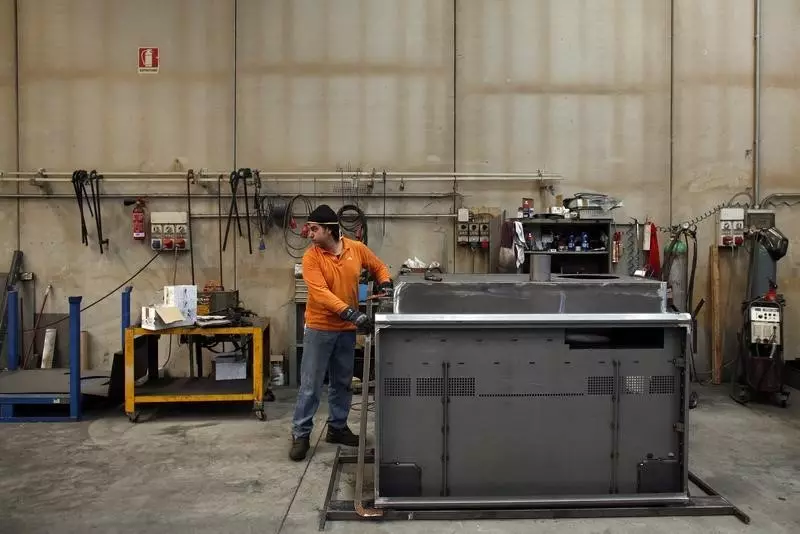The promise of a resurgence in U.S. manufacturing has been a hot topic in recent years. However, the reality is far from the optimistic picture painted by political figures. The decline of U.S. manufacturing over the last few decades is evident in the data. While there have been modest increases in output in certain industries like semiconductors, the overall sector continues to struggle. According to analysts at Alpine Macro, the long-term decline in manufacturing jobs and productivity growth is a significant obstacle to any broad-based recovery.
Transition to Service-Driven Economies
The shift from industrial-based growth to service-driven economies is a global trend that is impacting the importance of manufacturing in wealthier societies like the U.S. Even China, known as a manufacturing powerhouse, has seen a decline in its manufacturing share of GDP. This transition poses a challenge to any attempts to re-industrialize the U.S. and suggests that relying on exporting manufactured goods may not lead to sustainable growth. Traditional industrial giants like Germany and Japan have not experienced significant income growth through exporting manufactured goods, highlighting the difficulty of such a model.
One of the biggest roadblocks to a U.S. manufacturing revival is the high labor costs in the country. American workers are significantly more productive than their Chinese counterparts but earn six times the wages, making it hard for U.S. companies to compete in labor-intensive industries. As a result, the U.S. manufacturing sector has shifted towards high-value, specialized industries such as aerospace and medical devices. Industries requiring more labor have moved their operations to lower-cost countries like Vietnam and Cambodia.
The rhetoric surrounding a manufacturing renaissance in the U.S. is often driven more by political motivations than economic realities. Policies introduced to revitalize domestic manufacturing, such as tariffs and incentives, have yielded limited results. The promises to bring back industrial jobs resonate well in regions like the Rust Belt, but the actual impact on the manufacturing sector has been minimal. Bureaucratic hurdles and a lack of skilled labor further complicate efforts to boost the manufacturing industry.
The Rise of “Friend-shoring”
As tensions between the U.S. and China escalate, U.S. companies are turning towards “friend-shoring.” This involves relocating production to countries with similar economic conditions as China but with less geopolitical risk. Nations like Vietnam, Malaysia, Mexico, and India are positioned to benefit from this trend as companies seek to diversify their supply chains. While this may present new opportunities for investors, it underlines the challenges of achieving a domestic manufacturing revival in the U.S.

